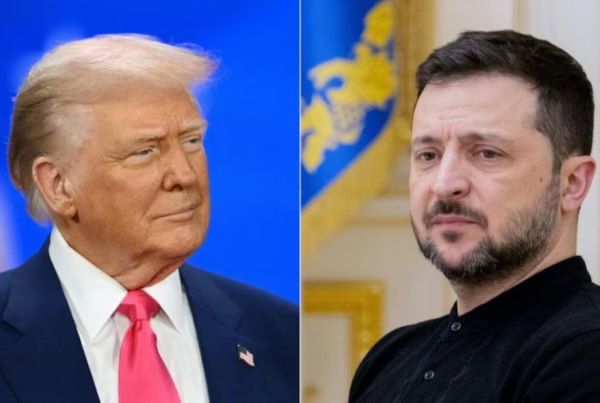Lorraine Fabre
Monday’s election results did little to abate the sentiment of uncertainty leading up to October 21. Polls had been predicting a narrow win for either the Liberals or the Conservatives in what incumbent Prime Minister Justin Trudeau called one of the “nastiest” campaigns in the country’s history. Below are six key takeaways to understand the results and their significance.
1. The Liberals were re-elected – but lost their majority
In Canada’s last election, the Liberals, headed by Justin Trudeau, obtained a majority in a landslide election, winning 184 seats in the House of Commons compared to the opposition’s 99 seats – a comfortable margin, to put it lightly. The same can’t be said for Monday’s election where the Liberals obtained 157 seats, only 14 seats shy of the required number to secure a majority. Many attribute this decline in support of Trudeau’s handling of the SNC-Lavalin corruption case and the brownface scandal that tarnished his brand’s name. Such a situation will force Trudeau’s Liberals to cooperate with another party in order to remain in power, but this is easier said than done.
2. The Conservatives won 22 more seats than in 2015
They also won the popular vote (34.4%) but only won 121 seats, remaining the official opposition party. Not quite the result the party was hoping for, but more than sufficient to “put Justin Trudeau on notice” according to leader Andrew Sheer.
3. Despite losses, the NDP holds a lot of power
Despite polls predicting a successful night for Jagmeet Singh’s New Democratic Party (a social-democratic party), they won a mere 24 seats, putting them in fourth place. It seems as though the TikToks didn’t cut it for Singh. Nonetheless, the NDP is expected to hold the balance of power in the House of Commons as their alliance with the Liberals will determine whether Trudeau’s government stays on or not.
4. Big night for the Bloc
The Bloc Québecois, which represents the province’s sovereigntist movement, won 22 more seats than in the previous election, putting them ahead of the NDP as the third largest party in the House of Commons. This was undoubtedly one of the biggest surprises of the night, but it’s still unsure what role the Bloc will play in Canada’s 43rd parliament. Leader Yves-François Blanchet gave little indication of his party’s stance besides that “the Bloc will stand in the way” of anything not “good for Quebec.”
5. Small win for the Green Party
It wasn’t the “green surge” many were hoping for, but Elizabeth May’s Green Party nonetheless achieved a historic result, winning three seats. Notably, the Party won a seat in Atlantic Canada, the party’s first expansion outside of British Columbia.
6. The People’s Party of Canada failed to obtain a seat in Parliament
Maxime Bernier, leader of the People’s Party of Canada, failed to get his new populist party elected to Parliament. Many breathed a sigh of relief, reassured that the far-right movement that has emerged in other parts of the world will not integrate Canadian Parliament – at least not for now.
The Liberal minority government leaves many things hanging in the balance, and it is still unsure if he will manage to stay in power. Regardless, he must now prepare for his first test, the upcoming Speech from the Throne which requires approval by a majority of Parliament.
Other posts that may interest you:
- The Trouble with ‘Ecocide’
- Carbon dioxide removal – hit or miss?
- Local Victories for Turkish Opposition — A Sign of Hope?
- Are France and Japan a Mismatch Made in Heaven?
- A Reflection on Dark Tourism
Discover more from The Sundial Press
Subscribe to get the latest posts sent to your email.





